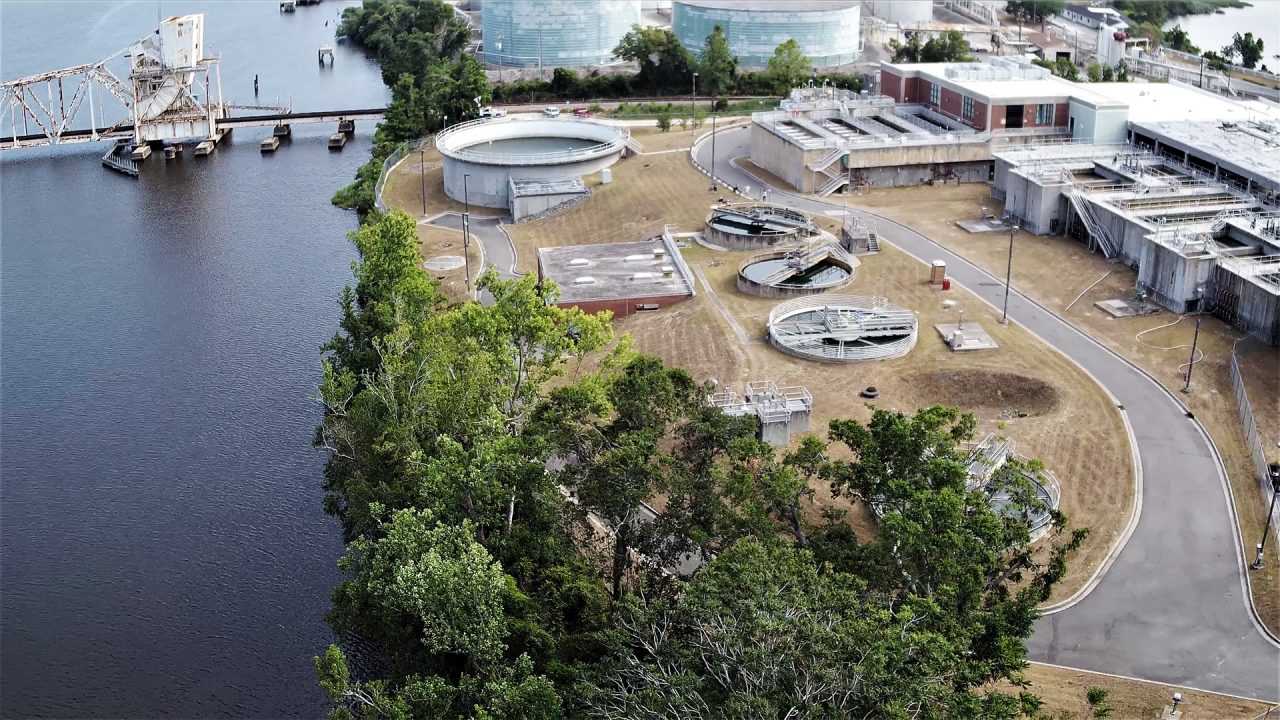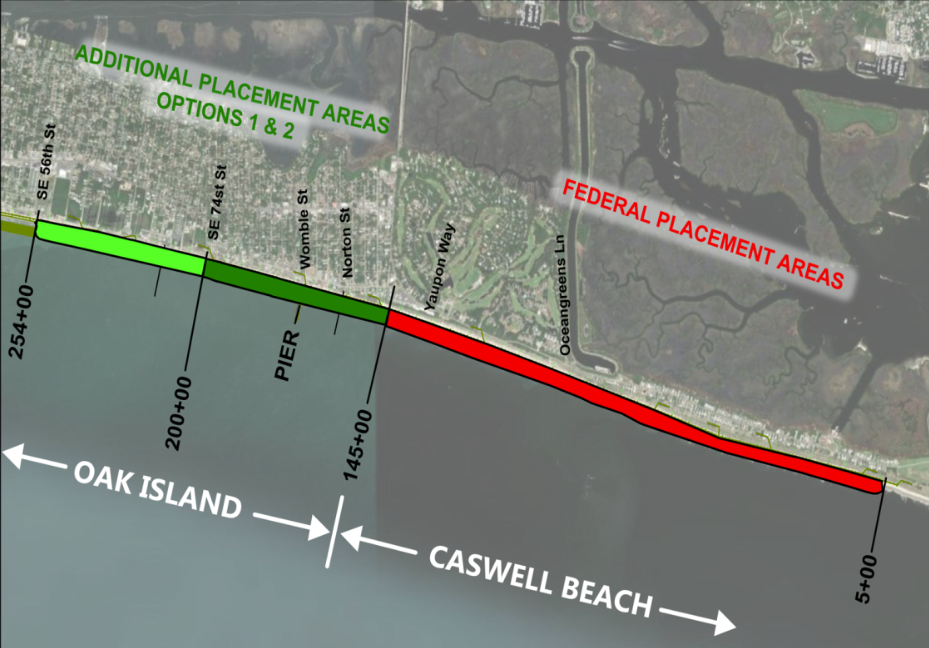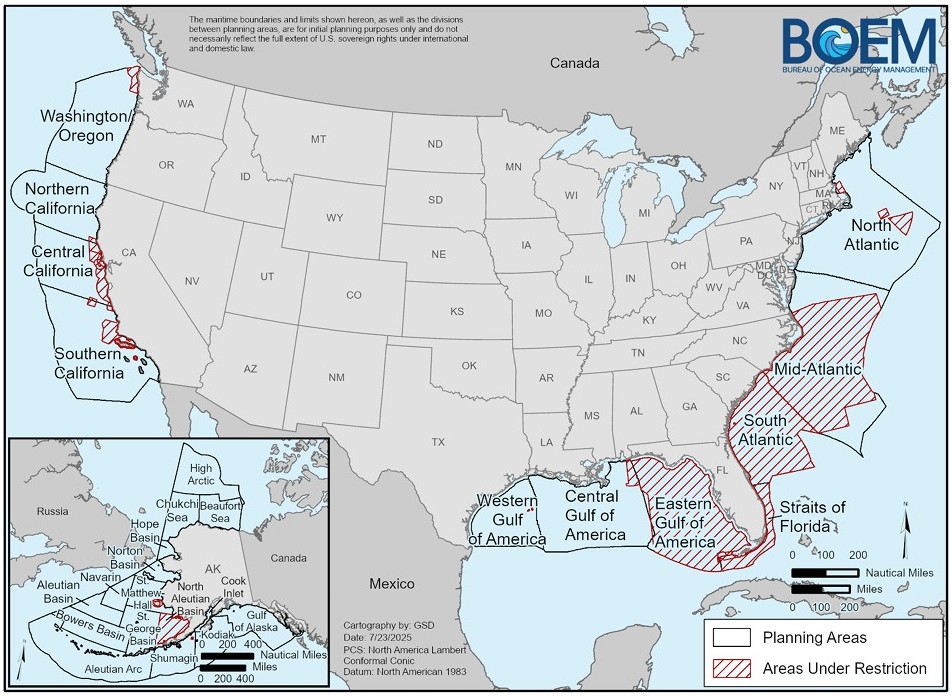
After Greensboro reported to the state Thursday afternoon that high levels of 1,4-dioxane had been detected in wastewater discharge, Cape Fear Public Utility Authority announced later that day plans to immediately begin more frequent water sampling.
Greensboro staff reported the discharge of 1,4 dioxane into the Haw River in the effluent from the TZ Osborne Wastewater Treatment Plant to the North Carolina Division of Water Resources.
Supporter Spotlight
Greensboro staff alerted the authority late Thursday afternoon that 1,4-dioxane had been detected at approximately 615 parts per billion in discharge sampled Wednesday. The discharge flows to the Cape Fear River, where it would be expected to undergo significant dilution before reaching the utility’s intakes at Kings Bluff.
The EPA has identified 1,4 dioxane, a clear liquid that is highly miscible in water, as a likely human carcinogen. It has been used as a solvent stabilizer and is currently used for a wide variety of industrial purposes.
The Sweeney Plant, which treats water from the Cape Fear to produce drinking water for about 80% of utility customers, is among the few facilities equipped to treat 1,4-dioxane. Ozonation and biological filters at Sweeney typically achieve about two-thirds removal of 1,4-dioxane from raw water during treatment.
Utility staff began immediately sampling raw and treated water daily to monitor concentrations of 1,4-dioxane. Test results typically take two weeks. The utility has requested a more urgent turnaround from its contract lab and expects results early next week.
The utility has long conducted regular monitoring for 1,4-dioxane, with test results published online.
Supporter Spotlight
A solvent stabilizer, 1,4-dioxane is considered by the U.S. Environmental Protection Agency to be a “likely human carcinogen.” Although 1,4-dioxane is not regulated, the EPA has established a drinking water concentration representing a 1-in-1 million cancer risk level for 1,4-dioxane of 0.35 parts per billion.







